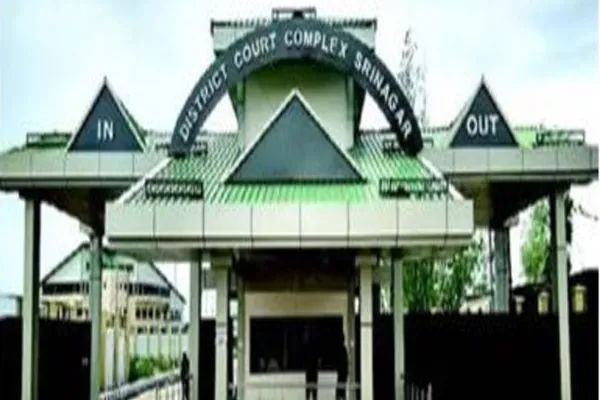i NEWS INTERNATIONAL
In his latest attempt to battle the ongoing migrant crisis, Adams on Monday floated a half baked “private residence” plan, which could possibly see local homeowners getting compensation to put up asylum seekers. He put forward the proposal as he revealed religious leaders had agreed to start housing adult male migrants overnight at 50 places of worship scattered across the five boroughs next month. “There are residents who are suffering right now because of economic challenges. They have spare rooms. They have locales,” the mayor said, arguing his private residence proposal could put money back in the pockets of taxpayers. Adams didn’t offer up specifics on how the plan would work – including how much New Yorkers could potentially receive per night to cover the cost of hosting a migrant. A spokesperson also did not respond when asked if the mayor would take in migrants at his home in Brooklyn.
He did say, however, that the city would pay places of worship a nightly rate of about $125 for each asylum seeker – which is cheaper than the $380 it costs to put up a migrant household – including a family with kids or just single adults – in one of its shelter hotels. Mayor Eric Adams said the city will work to “find a way” to get around city government rules that typically bar the city from housing homeless people in private homes. If the private residence plan went ahead, it could mean New Yorkers are being paid more to host a migrant than a foster parent is given to raise a child in the Empire State.
The state currently pays a daily allowance of $40 for children aged over 12 years, according to the Office of Children and Family Services. “It’s cheaper and it’s a good investment for us to go to a family and assist them instead of placing people in large congregate settings or in these emergency hotels,” Adams insisted of his private home plan. Over 72,000 people have flooded into NYC with over 45,000 currently living in 160 taxpayer-funded emergency shelters and hotels.
“And then if you are a family member where you are bilingual, you are going to be able to help the bilingual person that’s coming here.” He added: “We should be recycling our own dollars. We should take this crisis and go to opportunities. That is how we can deal with this.” Adams acknowledged that City Hall would need to get over a “30 day rule” for his plan to work. Asked for clarity on the rule, a City Hall spokesperson later cited New York law that requires a guest to be living in a residence for 30 days before they can legally become a tenant. “We’re trying to navigate all the rules of how to get it done,” he said when pressed for further details. “There are many layers to how someone can use their space.
We want to make sure that we follow all the rules and those rules that need to be changed within my power, we will push to do so. If there’s rules that need to be changed on the state level, we’re going to reach out to our state colleagues to do so.” Some homeowners were quick to rip the mayor’s plan as “nuts” and half-baked given the scarcity of details. Her partner, Tim Naylor, who has owned their townhouse for 24 years, added migrants shouldn’t be getting a “free ride” when many New Yorkers “cannot afford a decent place of their own.”
Parents and students at PS 172 in Sunset Park held a rally protesting the plan to house single migrant men in the school gymnasium. “Even if it was worth it to homeowners, the city shouldn’t be spending our money on that kind of crap. You have enough New Yorkers who can barely afford to live,” he said. “Before you know it we’re going to get flooded with even more migrants.” Tom Harriman, who owns his condo in Park Slope, also weighed in on Adams’ latest migrant proposal, insisting the plan “seems really strange.” “Who are these people? What are the housing conditions?” the 77-year-old retiree said. He suggested the mayor was all talk, adding: “It’s all sound bites but you don’t find details.”
Credit: Independent News Pakistan (INP)









